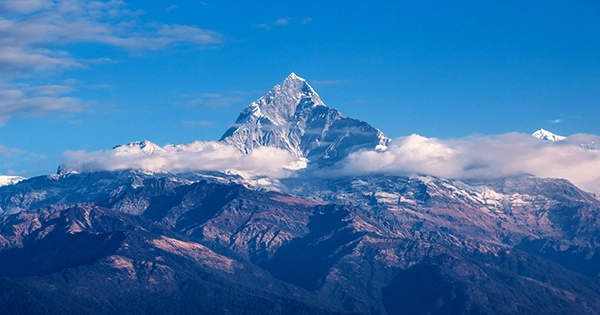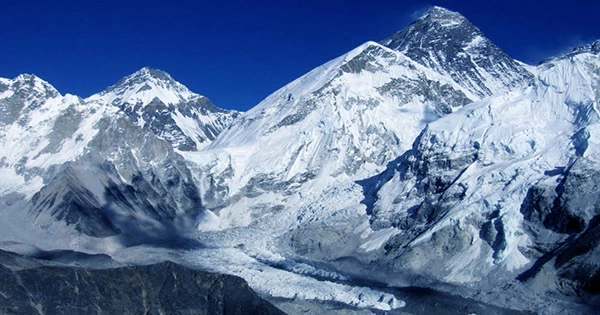Due to satellites’ inability to observe glacier changes occurring underwater, a new study finds that the mass loss of lake-terminating glaciers in the greater Himalaya has been significantly underestimated. This has important implications for the region’s future projections of glacier disappearance and water resources.
A multinational team of researchers from the Chinese Academy of Sciences (CAS), Graz University of Technology (Austria), the University of St. Andrews (UK), and Carnegie Mellon University performed the study, which was published in Nature Geoscience on April 3. (U.S.).
A prior evaluation of the overall mass loss of lake-terminating glaciers in the broader Himalaya was found to be 6.5% understated, according to the experts. The middle Himalaya, where glacier lake development was the fastest, had the greatest underestimation of 10%. Galong Co in this area is an especially intriguing example, with a 65% underestimation.

This omission was primarily due to satellite imaging’s shortcomings in spotting underwater changes, which has resulted in a knowledge deficit in our comprehension of the full extent of the glacial decline. Proglacial lakes in the region grew by 47% in quantity, 33% in area, and 42% in volume between 2000 and 2020.
This growth caused an estimated 2.7 Gt of glacial mass loss, or 570 million elephants, or more than 1,000 times the world’s total population of elephants. Since the used satellite data can only detect the lake’s water surface and not the subsurface ice that is being replaced by water, this loss was not taken into account in earlier studies.
Lead author Zhang Guoqing from the Institute of Tibetan Plateau Research, CAS, stated that “these findings have important implications for understanding the impact of regional water resources and glacial lake outburst floods.”
The researchers can more correctly evaluate the annual mass balance of these glaciers compared to land-terminating glaciers by accounting for mass loss from lake-terminating glaciers, emphasizing the accelerated glacial mass loss across the greater Himalaya.
The research also emphasizes the importance of understanding the processes underlying glacier mass loss, as well as the worldwide underestimation of lake-terminating glacier mass loss, which is expected to be around 211.5 Gt, or approximately 12%, between 2000 and 2020.
“This highlights the importance of including subaqueous mass loss from lake-terminating glaciers in future mass-change estimates and glacier evolution models, regardless of the study region,” said co-corresponding author Tobias Bolch of the Graz University of Technology.
In the long run, the mass loss from lake-terminating glaciers may continue to be a significant contributor to overall mass loss throughout the 21st century, according to co-author David Rounce of Carnegie Mellon University, as glaciers with significant mass loss may disappear more quickly than current projections.
According to co-author Yao Tandong, who also serves as co-chair of Third Pole Environment (TPE), an international science program for the interdisciplinary study of the relationships among water, ice, climate, and humankind in the region and beyond, “By more accurately accounting for glacier mass loss, researchers can better predict future water resource availability in the sensitive mountain region.”
















